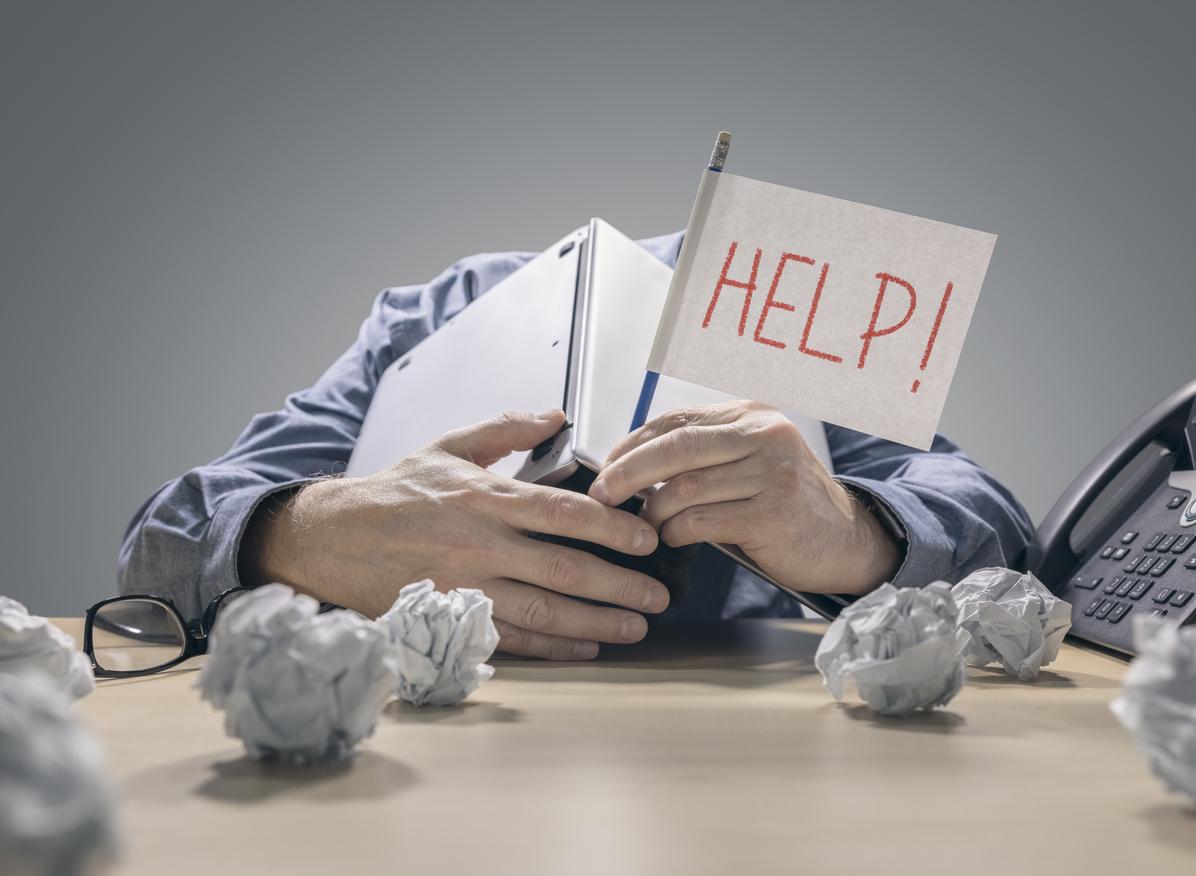Norwegian researchers have developed a tool to identify the four warning signs of burnout.

- Out of 500 Norwegian employees surveyed, around 13% are at high risk of burnout, according to a study.
- Faced with this figure, scientists have developed a professional burnout assessment tool, which seems to work regardless of gender.
- The latter “only gives an indication of risk and does not provide any type of formal diagnosis or medical advice.”
Burnout is recognized by the World Health Organization (WHO) as a professional problem. “We found that around 13% of Norwegian employees are at high risk of burnout.” This was recently revealed by scientists from the Norwegian University of Science and Technology. To reach this conclusion, they carried out a study, published in the journal Scandinavian Journal of Psychologyand conducted among 500 employees in Norway, which is around the European Union average on mental health, but slightly better on work-related issues.
Identify the 4 signs of burnout to reduce its physical and psychological effects
In their work, the team recalls the importance of identifying people who are at risk of experiencing a feeling of intense fatigue, loss of control and inability to achieve concrete results at work in order to reduce the harmful effects of this exhaustion. As a reminder, the physical and psychological effects of burnout include cardiovascular disease, pain related to musculoskeletal injuries, sleep problems and depression. However, identifying warning signs remains a difficult task.
“If you’re facing demands and stress at work that seem insurmountable and you’ve frequently experienced the following symptoms over the past few weeks, it could be a sign that you’re on the verge of burnout.” According to the authors, the appearance of four signs should alert workers:
- You feel mentally exhausted at work
- You have difficulty getting enthusiastic about your work
- You have difficulty concentrating when working
- You sometimes overreact at work without meaning to

A burnout assessment tool tested in over 30 countries
To facilitate the detection of burnout, researchers have developed a professional burnout assessment tool. The latter measures four main groups of risk factors: exhaustion, mental distancing, cognitive disorders and emotional disorders. It is currently being tested in more than 30 countries. According to Leon De Beer, who led the research, this is a good tool that works regardless of gender.
“We can combat burnout through individual treatment, but it is of no use if people return to a workplace where demands are too high and resources are limited. Then it is very likely that burnout will employee is exhausted again. It is therefore important to create good working conditions and structures that preserve the health of employees. (…) Please note that the tool only gives an indication of risk and does not provide any type of formal diagnosis or medical advice. If you are concerned about your level of work-related stress, we encourage you to consult a healthcare professional to discuss it.” said Marit Christensenco-author of the work.















